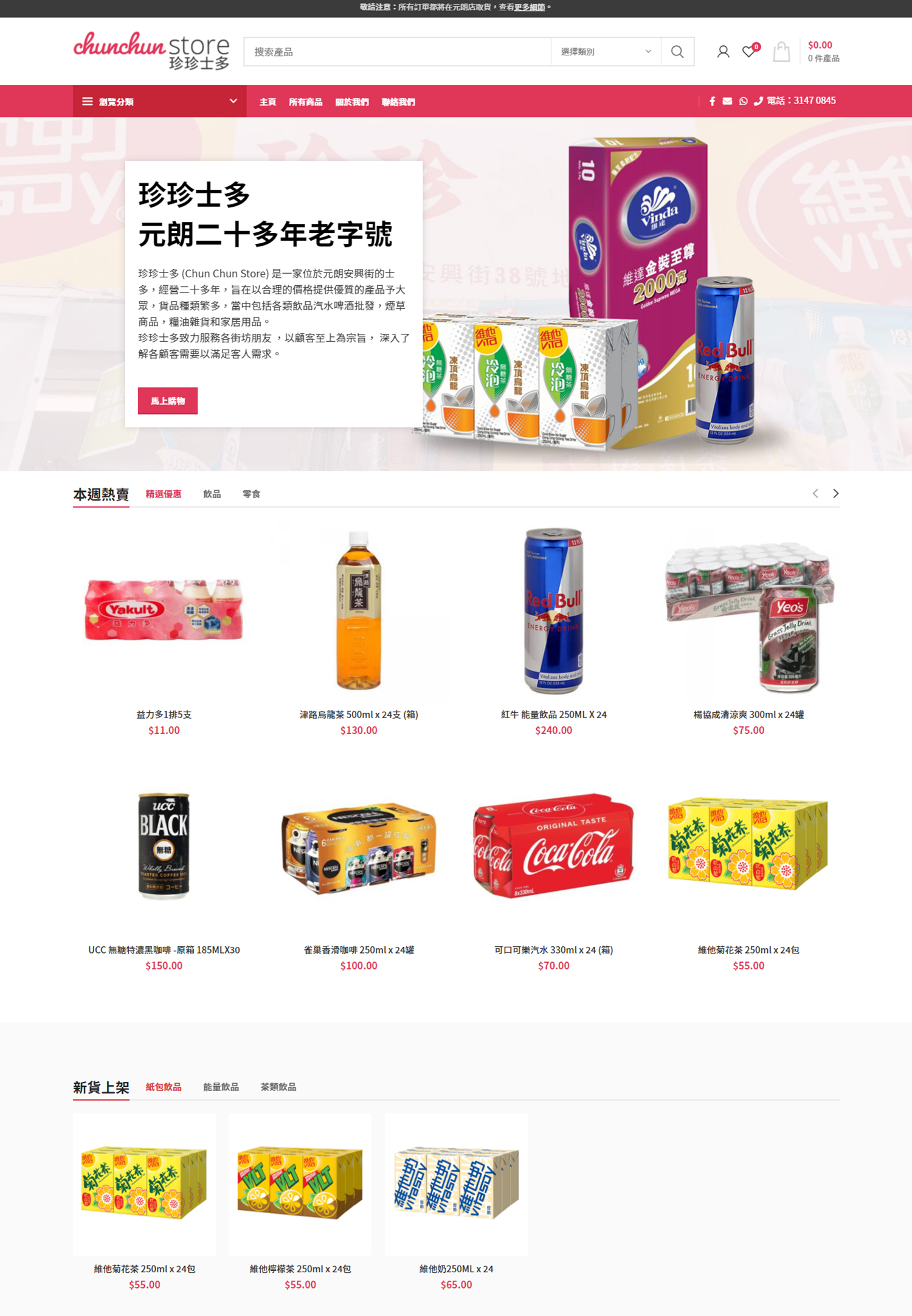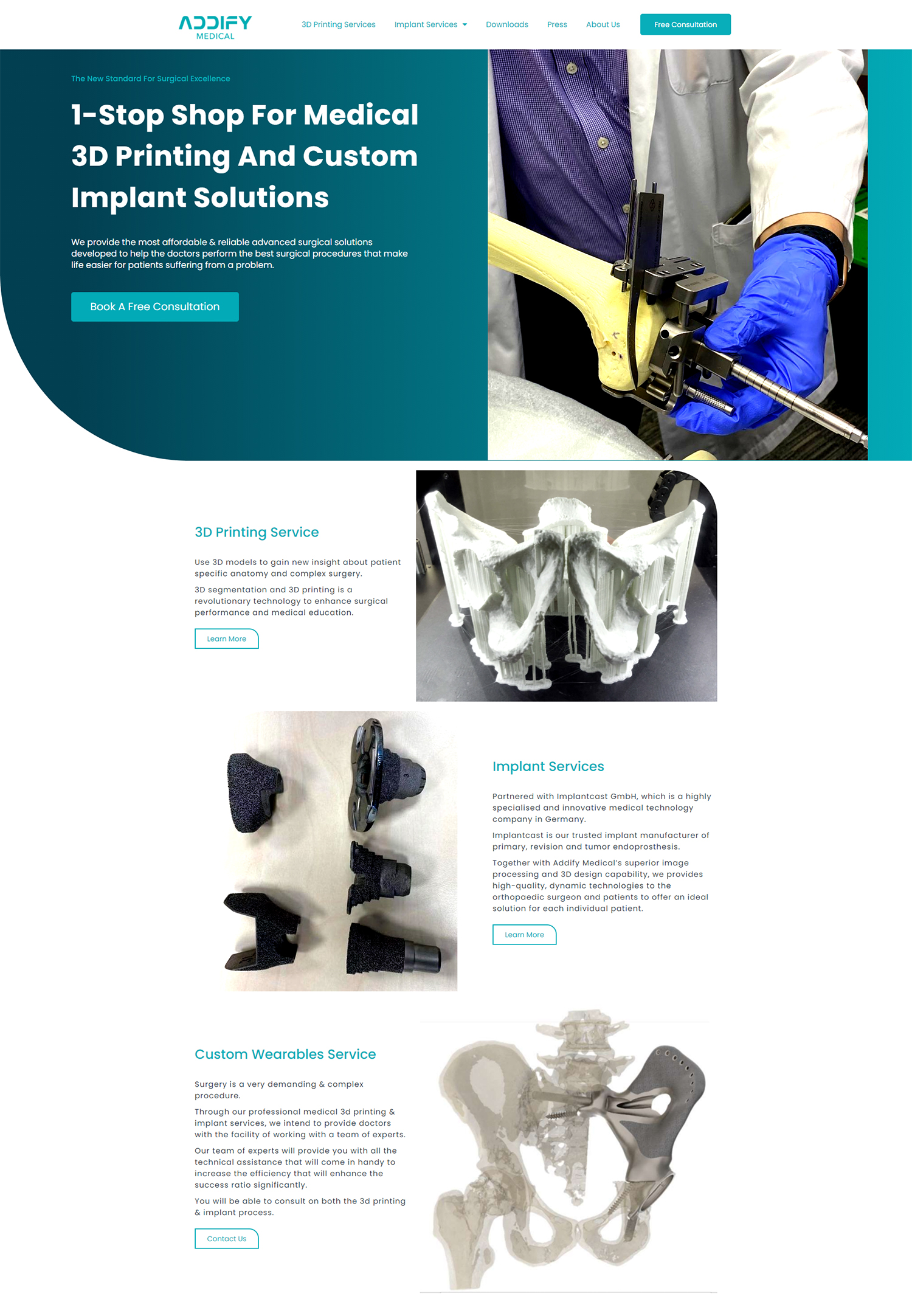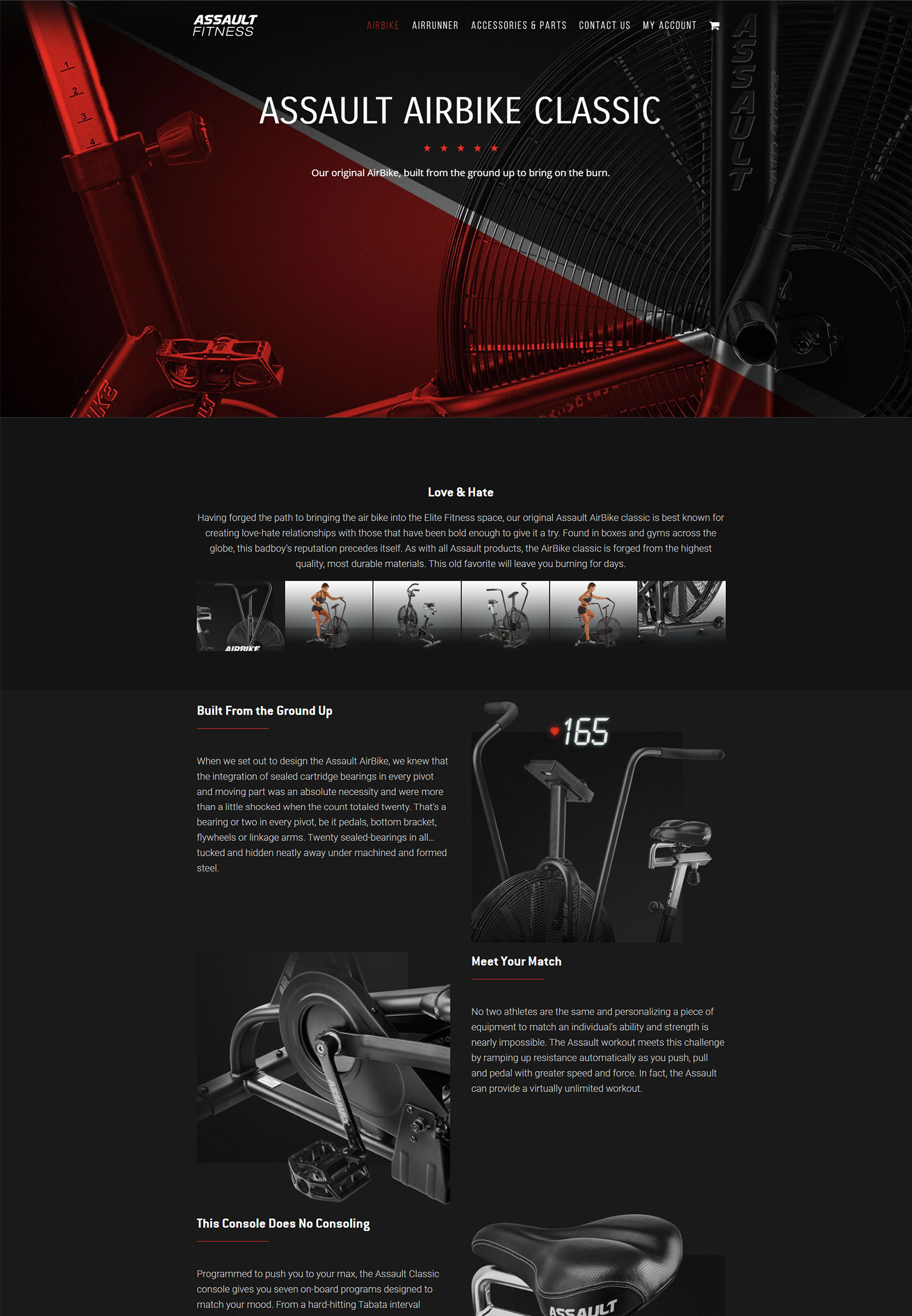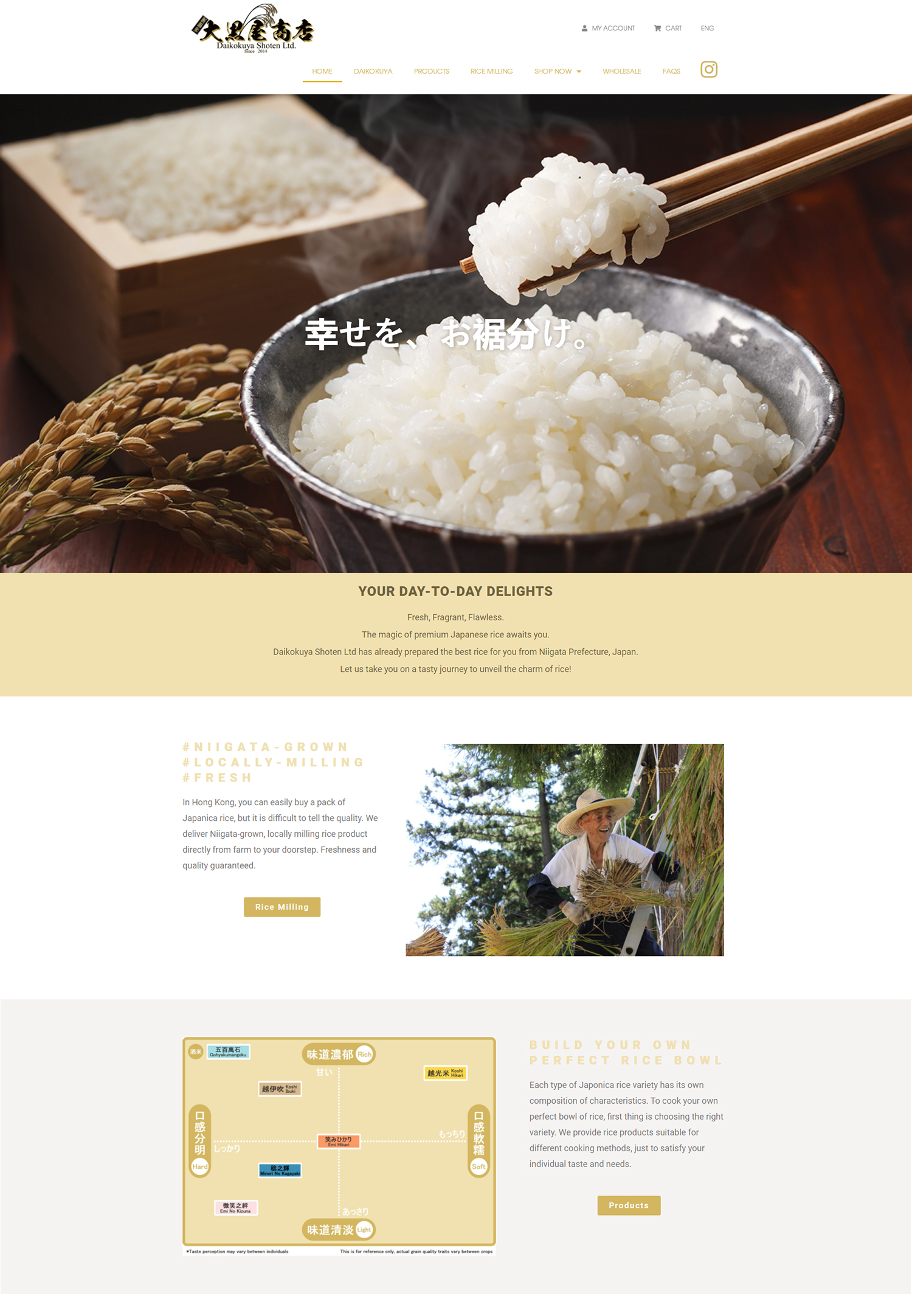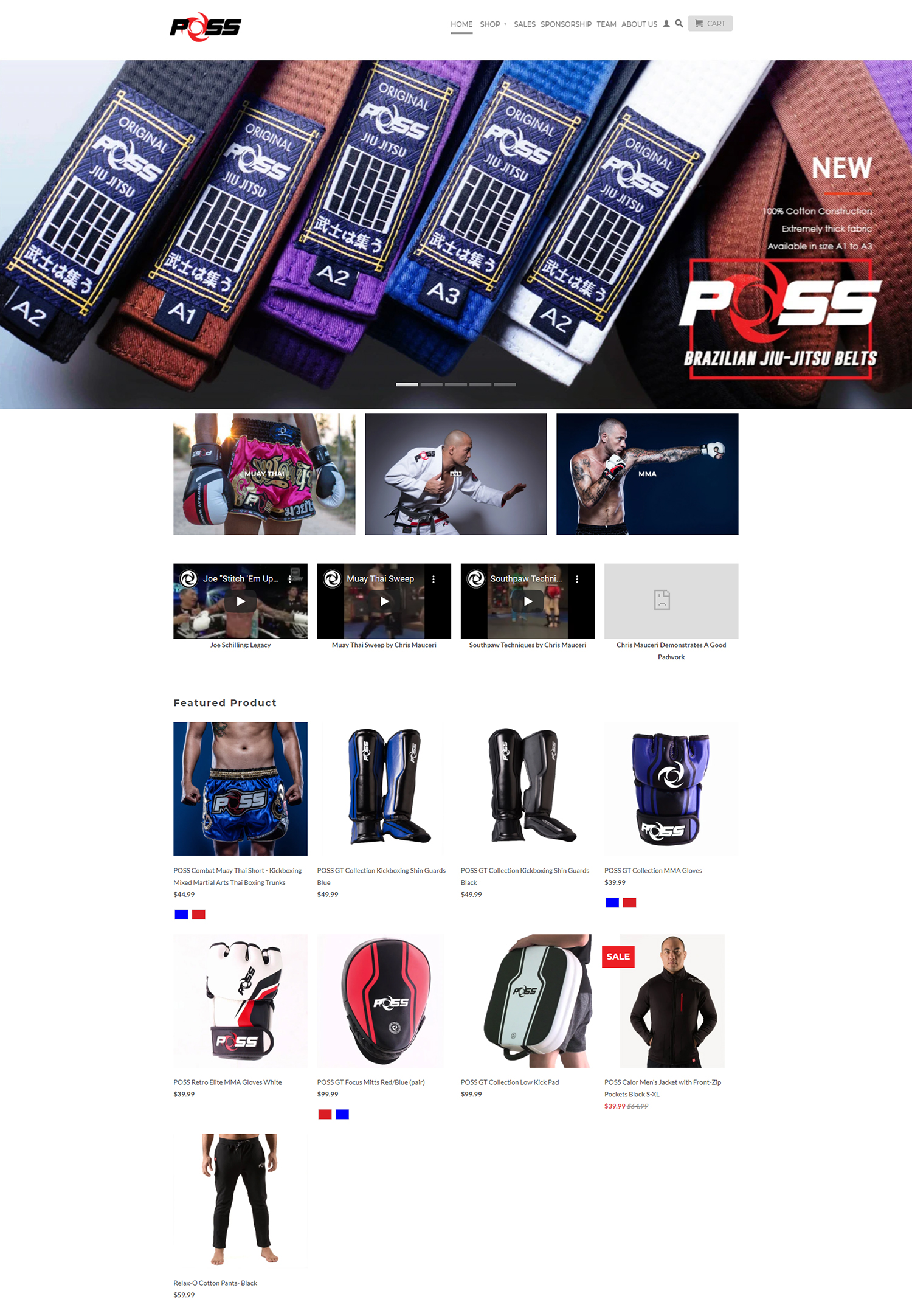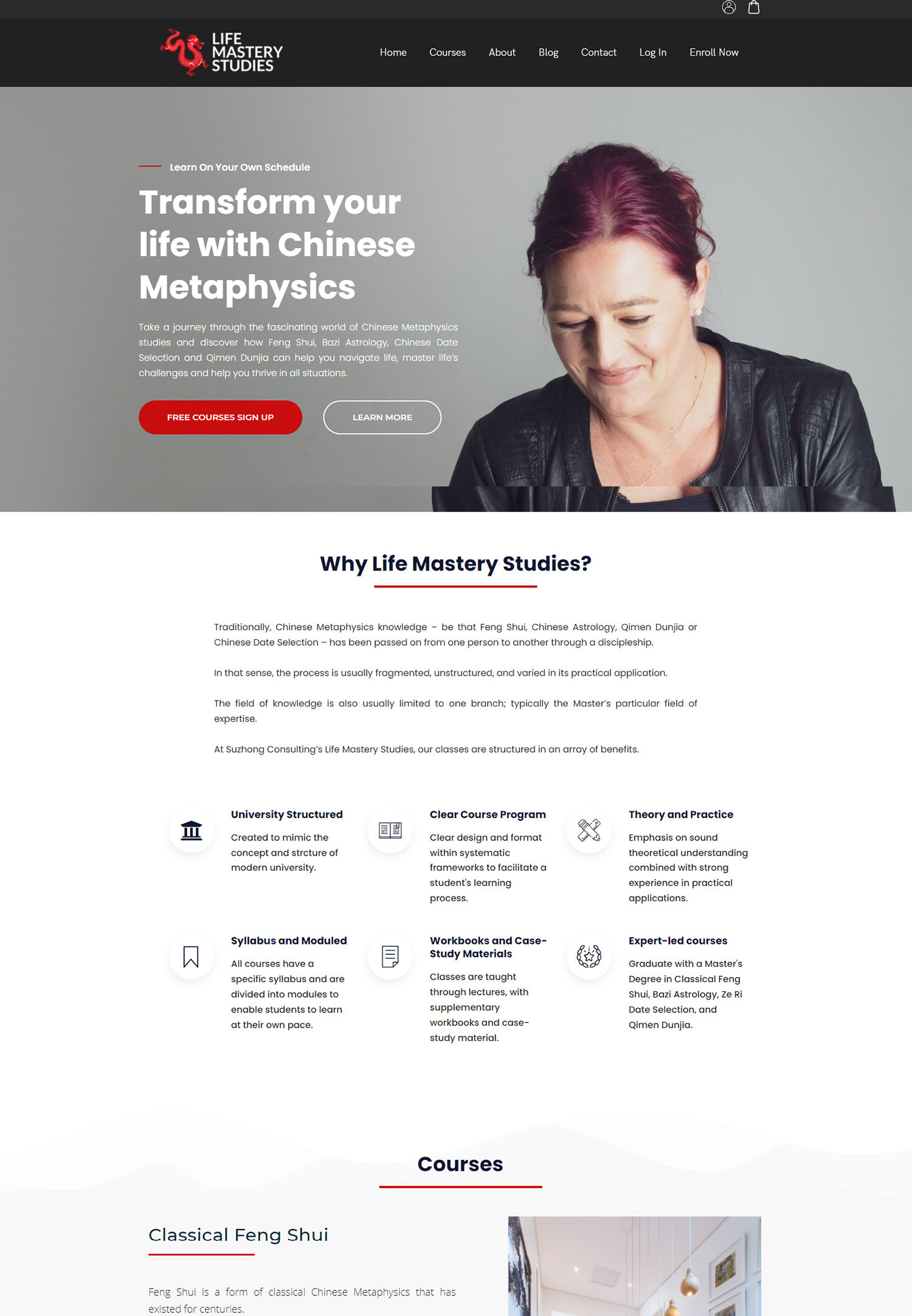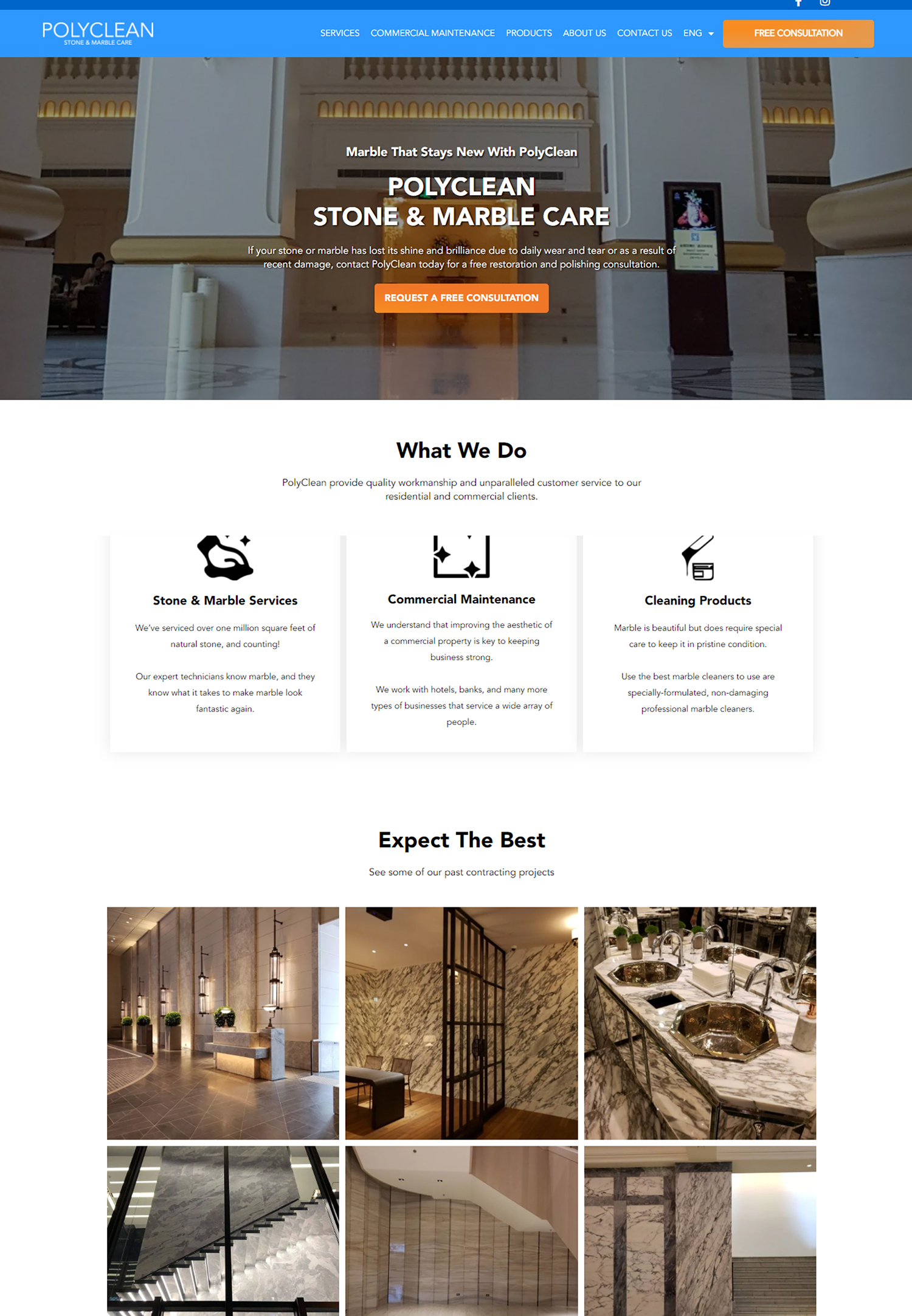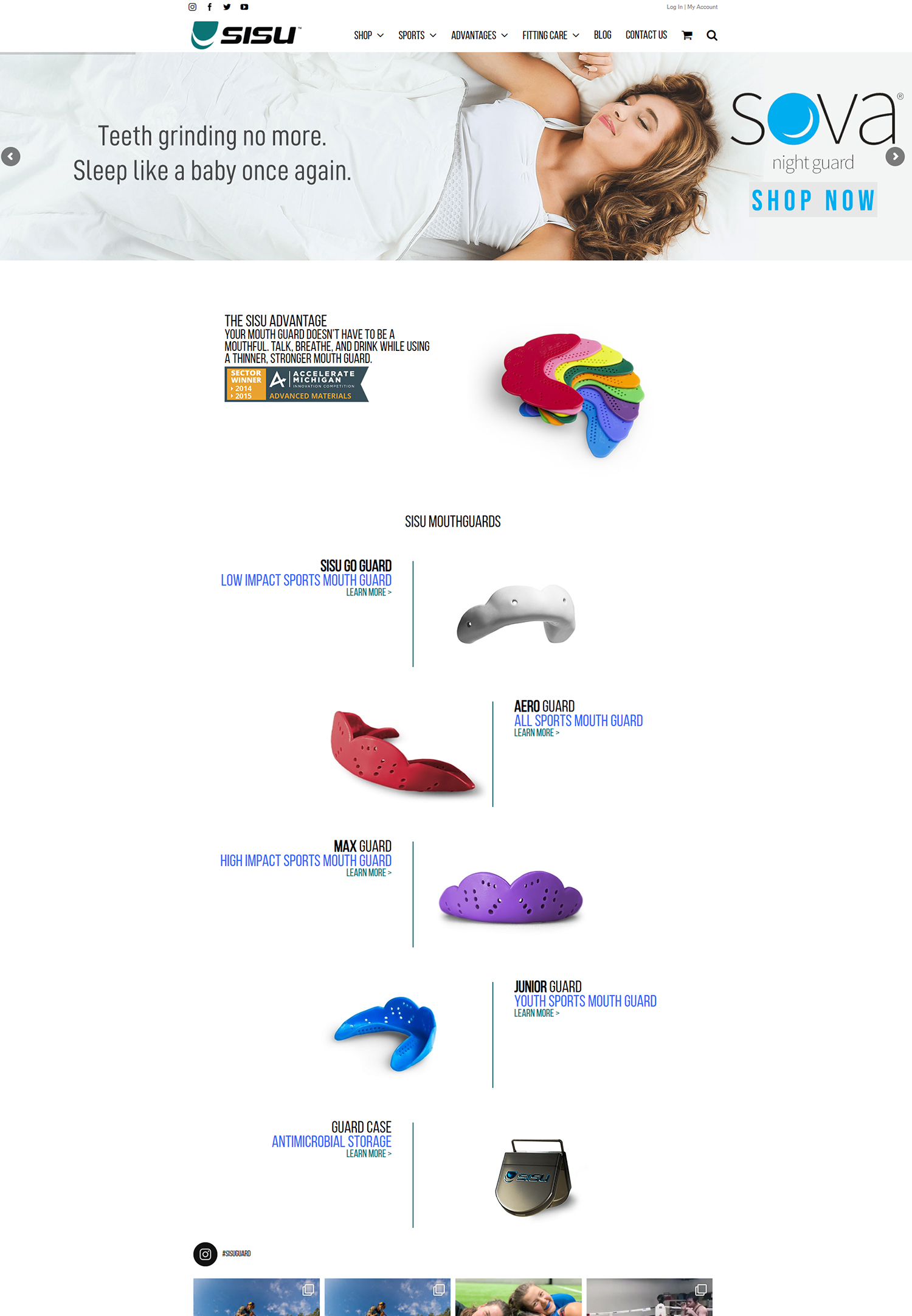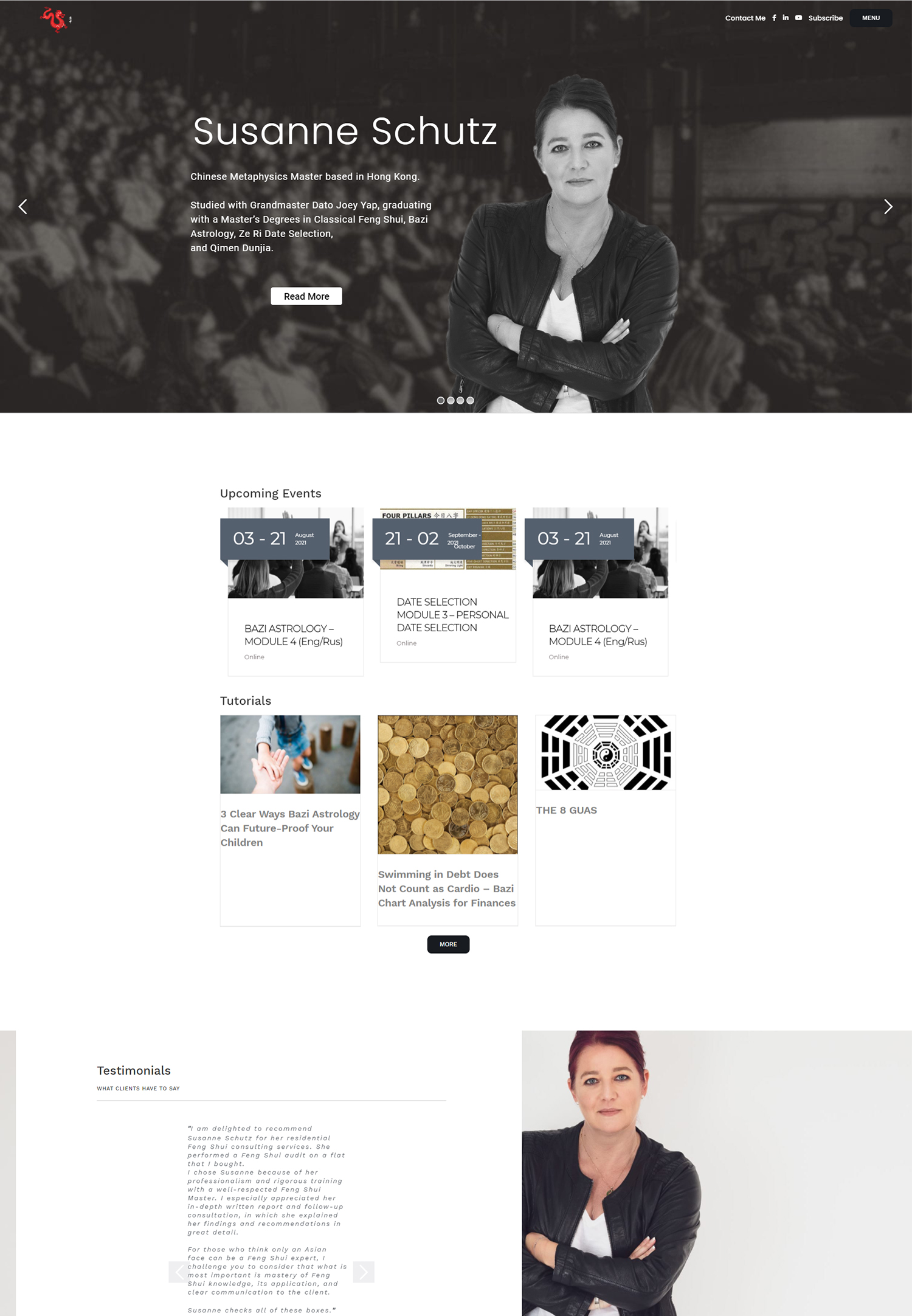In the world of digital marketing, targeting & keyword research are fundamental elements that determine the success of advertising campaigns, especially within the Google Ads ecosystem. It is impossible to overestimate the importance of these components since they act as a link between advertisers and their prospective clients. Good targeting makes sure that the right people see advertisements, and careful keyword research finds the words and phrases that people are using when they search. A higher return on investment (ROI) is eventually achieved by this dual strategy, which also increases the possibility of conversions and maximizes ad visibility. Also, user behavior is changing in response to trends, technological advancements, and shifts in consumer preferences, resulting in a constantly changing landscape of online search.
Key Takeaways
- Targeting and keyword research are crucial for the success of Google Ads campaigns
- Identifying your target audience is essential for effective ad targeting
- Conducting thorough keyword research is necessary to understand the search behavior of your audience
- Utilize different keyword match types to control how closely a search term must match your keyword
- Implementing negative keywords helps to exclude irrelevant search terms and improve ad targeting
Understanding the significance of targeting & keyword research is therefore a continuous process rather than a one-time event. In order to keep up with the ever-changing nature of search queries, advertisers need to be alert and flexible, constantly improving their tactics. By devoting time and resources to these fundamental elements, companies can produce more effective and pertinent advertising campaigns that connect with their target market. Recognizing Your Ideal Clientele. Various tools and methodologies, including market segmentation, demographic analysis, and customer personas, can be utilized by businesses to initiate this journey.
Advertisers can customize their messaging & ad placements to appeal to particular demographics by developing thorough profiles of potential clients. Enhancing Your Knowledge. The target market for a company that sells expensive exercise gear, for example, might be wealthy people in their 30s to 50s who place a high value on their health and well-being.
Through the analysis of social media insights, market research reports, and data from current customers, the business can better understand the preferences, online behavior, and interests of this demographic. Configuring Successful Google Ads Campaigns. When establishing Google Ads campaigns, this information is crucial because it enables advertisers to pick relevant keywords, write engaging ad copy, & pick placements that correspond with the areas where their target audience is most likely to interact. Any Google Ads strategy must include keyword research. In order to do this, you must determine the precise terms and phrases that prospective clients use when looking for goods or services that are comparable to what you provide.
Good keyword research helps determine search intent, including whether users are comparing products, seeking information, or prepared to make a purchase, in addition to helping choose the best keywords. Advertisers can use a variety of tools, including Ahrefs, SEMrush, and Google Keyword Planner, to perform in-depth keyword research. These platforms offer information about search volume, levels of competition, & relevant keywords that can expand the reach of your campaign. A company that sells organic skincare products, for instance, may find that terms like “natural face cream,” “eco-friendly skincare,” and “organic moisturizer” have a lot of searches and little competition.
Advertisers can improve their chances of showing up in relevant search results & drawing in qualified leads by implementing these keywords into their campaigns. The next step after determining your keywords is to comprehend and make effective use of Google Ads’ keyword match types. Match types specify how closely your selected keywords must match a user’s search query in order for your ad to appear. The match types that Google provides are negative match, exact match, phrase match, and broad match.
Each type has a distinct function & has the potential to greatly affect the success of your campaign. Your ad can show up for searches that contain synonyms & related terms in addition to variations of your keyword thanks to broad match. Increased visibility may result from this, but if it is not carefully watched, it may also result in pointless clicks. This is somewhat condensed by phrase match, which makes sure the user’s search query contains the precise phrase you provide while permitting other words to appear before or after it.
The maximum level of specificity is offered by exact match; your advertisement will only appear when the search query precisely matches your keyword. Although this accuracy may increase conversion rates, it may also reduce overall reach. Advertising professionals can balance relevance and reach by knowing how to use these match types efficiently. Using negative keywords is just as important for optimizing your Google Ads strategy as choosing positive keywords for your campaigns. By keeping your ads from showing up in searches unrelated to your products, negative keywords help you save money and increase click-through rates (CTR).
For example, if you sell high-end running shoes but would prefer to keep people from clicking on your ads when they search for “cheap running shoes,” you can add “cheap” as a negative keyword. Finding negative keywords entails looking through search term reports to find pointless queries that cause your ads to appear. Advertisers can improve their lists of negative keywords over time by routinely examining these reports.
This proactive approach guarantees that budget is directed toward attracting genuinely interested users rather than those who are unlikely to convert, which not only improves ad relevance but also boosts campaign performance overall. The process of improving targeting and keywords is continuous, requiring constant observation and modification in response to performance data. Whatever was successful in the past might not produce the same outcomes now that consumer behavior and market conditions have changed. Because of this, advertisers need to continue to be flexible and open to changing their tactics as necessary.
A/B testing various ad variations to determine which ones have the greatest impact on your audience is a useful technique for improving targeting. Testing various calls-to-action (CTAs), descriptions, and headlines may be part of this. Regularly reviewing your keyword strategy is also crucial; this entails eliminating underperforming keywords that don’t increase conversions & adding new ones based on seasonal variations or new trends. Businesses can make sure their Google Ads campaigns stay relevant and successful over time by continuing to use a dynamic approach to targeting and keywords.
It’s critical to track and evaluate keyword performance in order to gauge the effectiveness of your Google Ads campaigns. Key performance indicators (KPIs) that show which keywords are bringing in traffic & generating leads include click-through rates (CTR), conversion rates, cost per click (CPC), and quality scores. Advertisers can find high-performing keywords that demand more investment and underperforming ones that might require modification or elimination by routinely analyzing these metrics. Advertisers can monitor keyword performance in real-time with tools like Google Analytics and Google Ads’ integrated reporting features. For instance, a mismatch between user intent & ad messaging may be indicated if a specific keyword is producing a lot of clicks but few conversions.
Reexamining the landing page or ad copy linked to that keyword in these situations may result in higher conversion rates. Advertisers can improve campaign efficacy by making data-driven decisions through ongoing analysis. Using the knowledge gathered from performance monitoring to optimize your Google Ads campaigns is the last phase in successfully utilizing targeting and keyword research. To increase overall results, optimization entails making well-informed changes to your campaigns’ targeting options, bidding strategies, ad copy, & keywords. Target CPA (Cost Per Acquisition) or Target ROAS (Return on Ad Spend) are two examples of alternative bidding strategies that may be considered if certain keywords are regularly generating high-quality traffic at a high cost per acquisition.
Also, adjusting ad copy in response to performance data can result in increased CTRs; using language that speaks to the needs or preferences of your target audience can greatly increase engagement levels. Creating a feedback loop where data drives decisions that result in ongoing campaign performance improvement is the ultimate goal of optimization. Businesses can more successfully negotiate the complexities of digital advertising by concentrating on these crucial elements of targeting and keyword research in Google Ads campaigns.
In an increasingly competitive landscape, a strong framework for achieving advertising success is created by the interaction of several factors, including knowing the needs of the target audience, carrying out in-depth keyword research, strategically using match types, implementing negative keywords, improving strategies over time, closely monitoring performance, and optimizing campaigns based on data.
If you’re interested in learning more about how to increase sales through targeted advertising strategies, check out the article on Populis Digital’s marketing blog. This article provides valuable insights and tips on how to effectively use targeting and keyword research for Google Ads to drive more sales for your business. You can read the full article here.




